Azio Cascade 98 Slim Review: So Serene!
Retail Price: $119
Disclaimer: Azio sent us a unit of the Cascade 98 Slim free of charge to review, but all thoughts and opinions expressed in this review are our own and were not discussed with the company prior to publishing.
I have a personal affinity for the Azio brand. Many years ago I came across their Kickstarter for their now famous Retro Classic bluetooth keyboard. As a fan of typewriters, I was intrigued by it. That turned out to be the first gift Lida ever bought for me as she backed the campaign knowing how much I wanted one of those nifty boards. That was also one of the first keyboard videos we ever filmed at what was then Sypno Tech. Half a decade later and I still pull that typewriter board out of my drawer here and there between review periods. Fast forward to last month when Azio asked us to take a look at their newest Kickstarter launched board and I sat by the door with great anticipation. I’ve used the Cascade 98 Slim for a few weeks now and I think Azio might have another hit on the horizon.
Serene Apperance
Three colored key cap palette
One look at this mechanical keyboard and you can already recognize the charm implemented by Azio. They sent me the Slim model that has a Forest-Theme keycap base that is a mixture of a satisfying moss green color, off-white, and gooey gray. As the name implies, the Cascade 98 Slim is a 98% keyboard that utilizes 103-keys that include a full numpad. The second part of the naming scheme distinguishes this particular board from the standard body which has normal sized keycaps. As far as slim boards go, this one actually has quite the minimalist approach. It’s a little deceptive how thin the board is because the rear of the housing naturally has an uphill slope. You can make the tilt even more drastic with two additional adjustable angles thanks to the adjustable feet. I’ve been locked into the first angle off the table as Azio lets you get up pretty high off the surface and the highest angle is a bit too high even for me.
Designed on top of a thin sheet of aluminum casing, the Cascade is extremely clean to look at. The default combination has a very serene vibe to it that matches what I’m currently trying to get my desk setup to match. There’s a little bit of weight behind the board which gives the product a sense of quality. If the Retro Classic is any indication, the Cascade 98 Slim should be durable for a number of years. The switches are also hot-swappable for customization and tinkering. I can’t say this is the most high quality board I’ve owned, but for the retail price of $119, I actually think it’s quite fair.
Reliabile Connection
One of the reasons why I keep using my older Azio mechanical board is due to the ridiculously easy connectivity it has between multiple devices. This is a Bluetooth device after all. Azio allows you to connect up to 5 devices at a time using various connection modes. You can plug the receiver in through a USB and get going right away or simply use a radio frequency connection. As someone who runs ChromeOS, Windows, and MacOS simultaneously, I can’t tell you how much of a headache it has been over the years trying to find an effective way to switch between different operating systems through one peripheral. Not all Bluetooth keyboards switch flawlessly and reliably between computers. That’s one of the reasons I still adore the Retro Classic. It still works effortlessly almost 7 years later with interactions through many different versions of software on operating systems.
Azio keyboards have been quite reliable in the Bluetooth department
The Cascade 98 Slim is doing that exact same job just as well as my older Azio. They have really become my go to recommendation for a reliable Bluetooth keyboard over the years. In the old days, Azio would supply you with different sets of keycaps so you could modify it to match your OS. Nowadays, things are way more concise and efficient. On the Cascade, both the CMD key for MacOS and the Windows key for Windows have a spot on the 103-key layout. You can toggle between the operating system layout with programmed hotkey combinations. A LED indicator on the right side of the frame lets you know what system your keyboard layout is currently on. I’m accustomed to having a physical toggle on the frame to swap between the OS layouts and Bluetooth connections. It took a little bit of time for me to modernize and remember the hotkey combinations, but I guess this is a cleaner way to handle the switching as it frees up the case for a cleaner appearance.
DIg Deep
The ports are submerged too deep
However, the remaining physical switch and charging port on the case left me a little baffled. The On/Off switch sits right next to the USB-C port on the top right corner of the case frame. They’re oddly submerged deep inside of the frame. For example, the On/Off toggle isn’t easy to toggle blindly. First, you have to locate the hole with your finger and then kind of pry inside it with a fingernail. I don’t really have fat fingers and I even struggled to hit the switch with my fingernail. I found myself flipping the board up towards my eyeline and flipping the switch with my finger directing straight down to make this task easier to accomplish.
The USB-C port is a whole other bizarre issue. It’s so submerged into the case that many of my USB-C cables couldn’t plug into it all the way. In fact, of the 5 cables I normally use to charge my boards, only 2 of them were slim enough to fit into the mold. Even my trusty coiled aviator cable was a bit too thick for the USB-C connection to snap in all the way. I don’t remember the last time I used a board where the port wasn’t flush with the frame. It’s been quite a while since I came across this conflict. I’m not too sure why Azio didn’t give the port more breathing room, but this is just a minor lifestyle complaint as I am a bit meticulous to what cables I use for my devices on my desk.
User Experience
Since this is mainly used as a Bluetooth keyboard, the built in 3,000 mAh battery on the Cascade 98 Slim survived a surprising amount of time without me turning it off. I use this particular keyboard about 4 hours every night and I didn’t toggle it off at all to test it. I got the low battery indication after about a full week. That’s pretty good for such a thin profile to charge it once a week.
Now let’s talk about the most important aspect of a keyboard which is the typing experience. To go along with the slim profile, I assume Azio wanted a non-intrusive sound attached to the vanilla configuration. That makes sense as it comes with a quiet brown switch layout that you can barely hear in the background as you type. I don’t have a specific keyboard sound that I’m in love with as I can go either loud or soft. I do like the minimal noise emitting from this board as it’s a welcome change to some of the recent mechanical gaming keyboards I’ve been reviewing in the office. Since this is a low profile keyboard, there is an extremely shallow amount of travel that needs to be accomplished upon an input from your fingers. The board is rock sturdy on the surface and doesn’t rattle or move from my typing position. There’s a sturdy build quality that gives off a delightful sound profile to my ears. I feel productive hearing the clicks from the Cascade.
All I can say is that while a lot of my feelings are subjective and this will vary based on a particular user, I did find this board to be a high quality, enjoyable experience for me. For comparison, I’ve had the Logitech MX Mechanical for video editing purposes that also sports a low-profile build. That board is also paired with brown switches and actually has a similar user experience with the Cascade 98. That’s a good thing as the MX Mechanical was a terrific no-nonsense keyboard.
The Delete and Home key are troublesome
The biggest issue for me with the 98 is regarding a couple of key location placements. Since it isn’t a full sized board, there’s some compacting of the board into two segments. The numpad is a clean rectangular space with some separation from the main layout. I like that spacing a lot. What throws me off is the column of shortcut keys that place the Home button next to the Backspace key. When typing my furious train of thoughts, I often misclick the Home button when intending to hit the Backspace key. Sometimes my pinky naturally reaches for that section to hit the Delete key. The problem is that the Delete key isn’t located near the Backspace or the Backslash key as it would be located on most keyboard layouts. Instead, Azio has relocated it onto the F row next to the F12 key. That's a bit awkward of a position to place a key I use often and throws off my rhythm a lot. A few weeks in and I still haven’t fully assimilated with this layout. I launch back to the front of my line a lot more than I ever did before due to the Home key’s placement next to the Backspace without any separation of space. I get why Azio wanted a command column for hotkeys, but I would have preferred the Delete key next to the Backspace instead.
One thing I did like a lot about the keycaps is the font choice. It’s a good mixture of playfulness, but can also fit into an office setting without looking out of place. The keycaps also let the RGB pass through the letters which makes the Cascade a really nice board to use in a dark room. There are 17 modes of RGB routines. While it doesn’t do anything we haven’t seen from mechanical keyboards with RGB lighting, the Cascade 98 does emit a vibrant and bright light. It just looks nice on my desk at all times. When it comes to RGB, I don’t think OEM’s need to reinvent the wheel. Just give us sharp colors with fun basic patterns and we’ll be happy customers. That’s exactly what the Cascade 98 does.
Final Thoughts
As far as low-profile mechanical keyboards go, I’m a fan of Azio’s take on slimming down the thicker Cascade form. I think some of the keys don’t work from an efficiency placement point of view, but the 98 Slim is an extremely well-rounded keyboard in all other regards. As with my other Azio board, swapping between computers through Bluetooth is reliable and easy to accomplish. It’s good to see the same consistency from this brand that I’ve been experiencing for half a decade now.


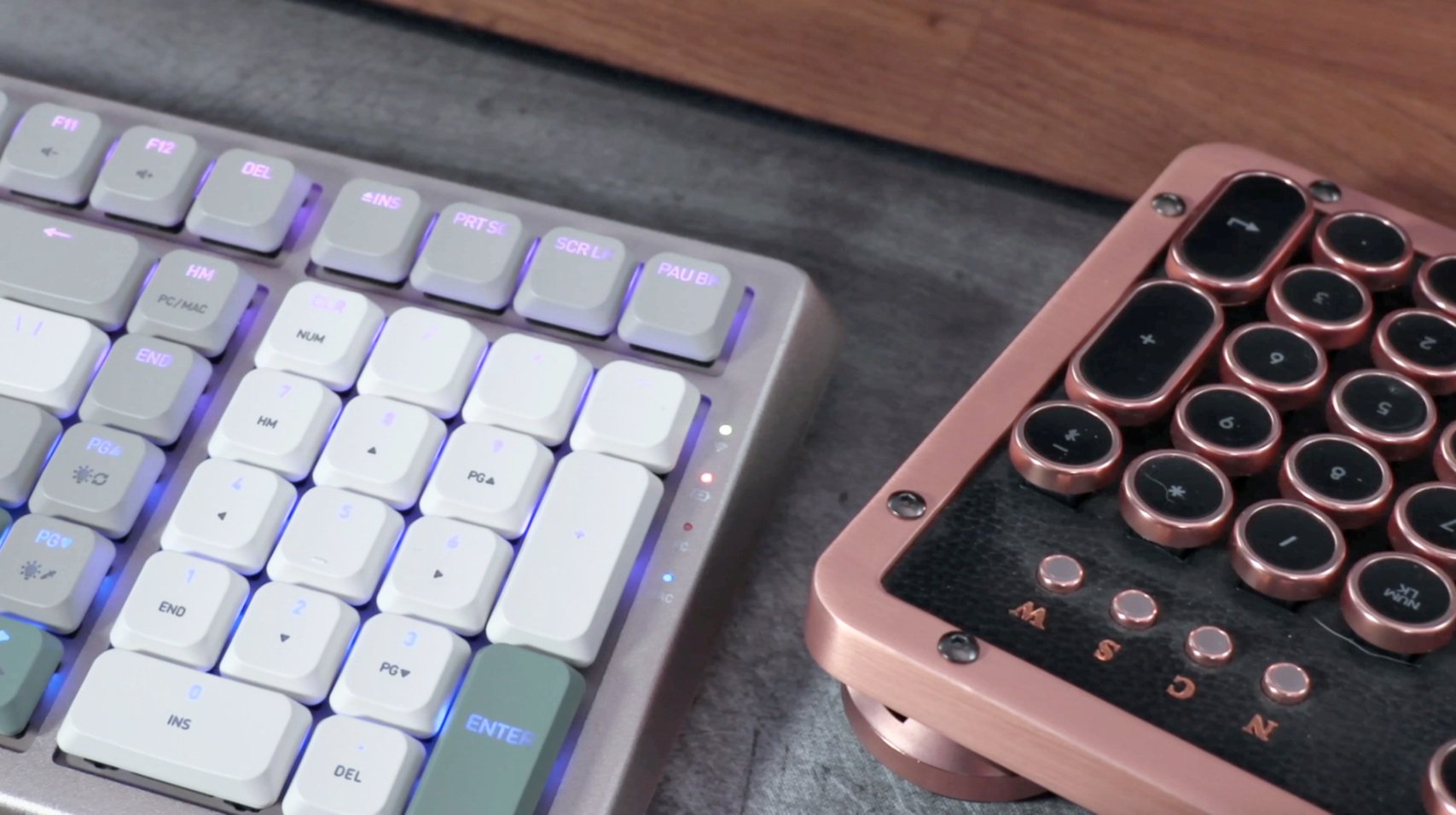


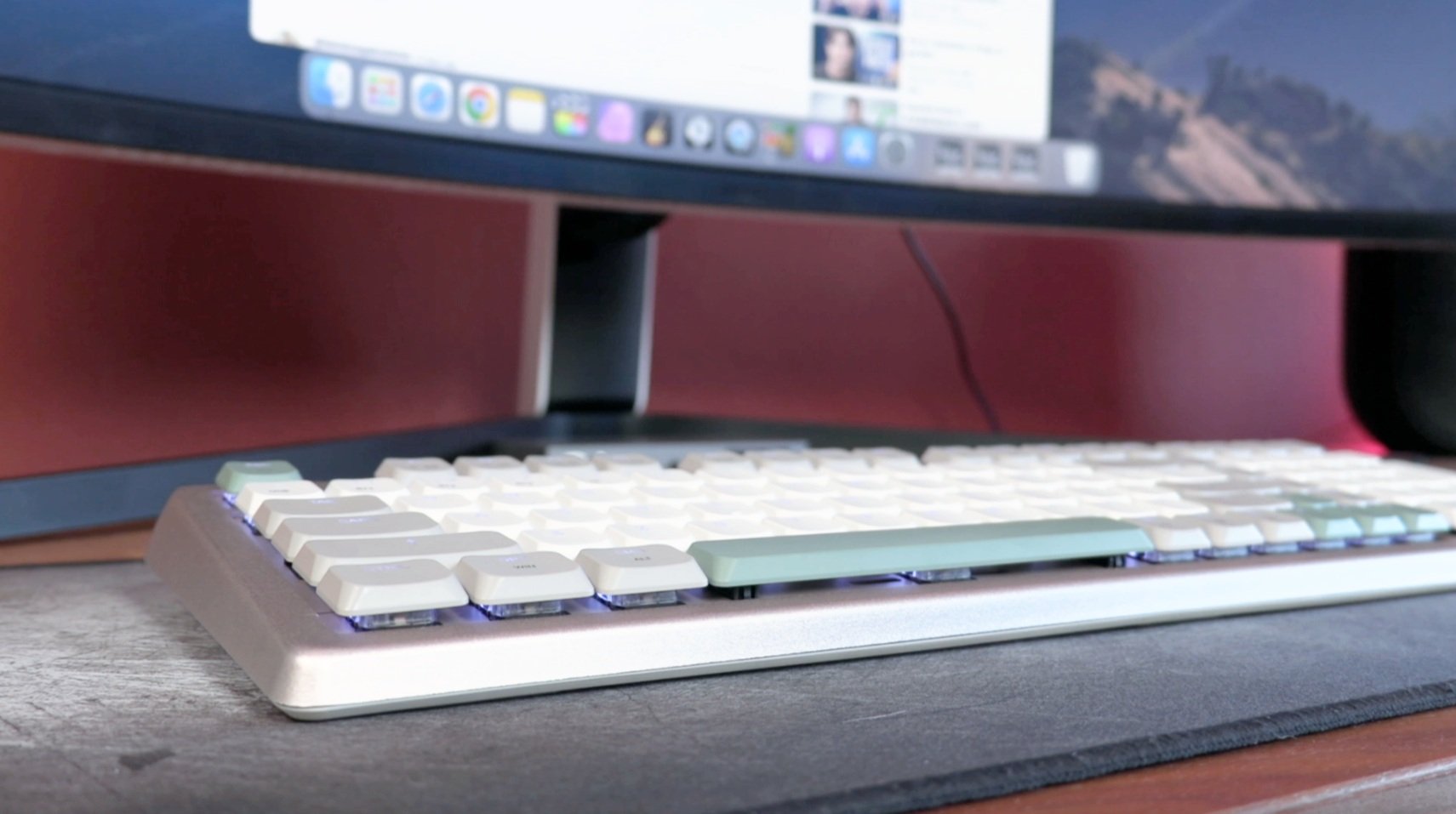
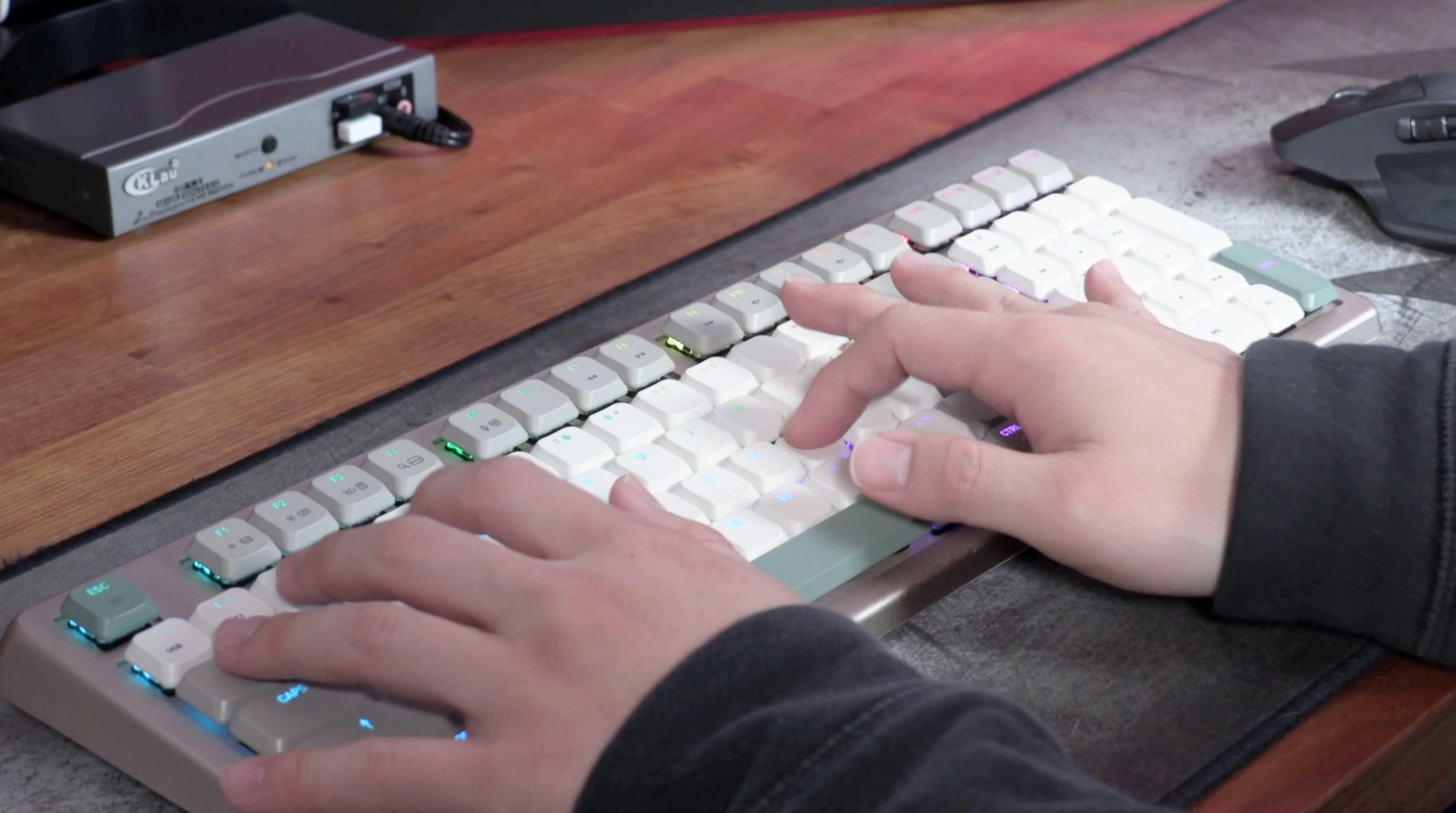
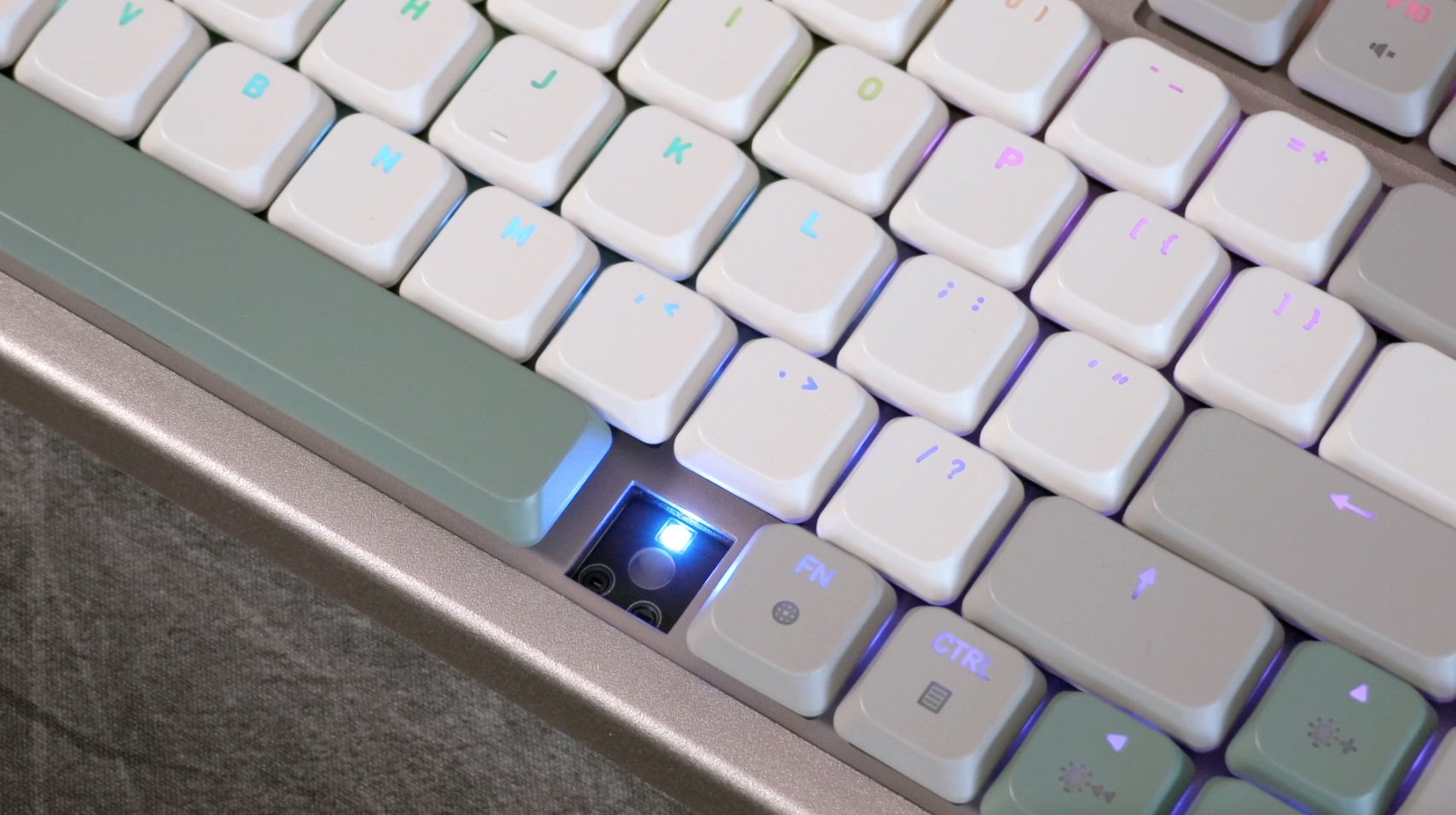
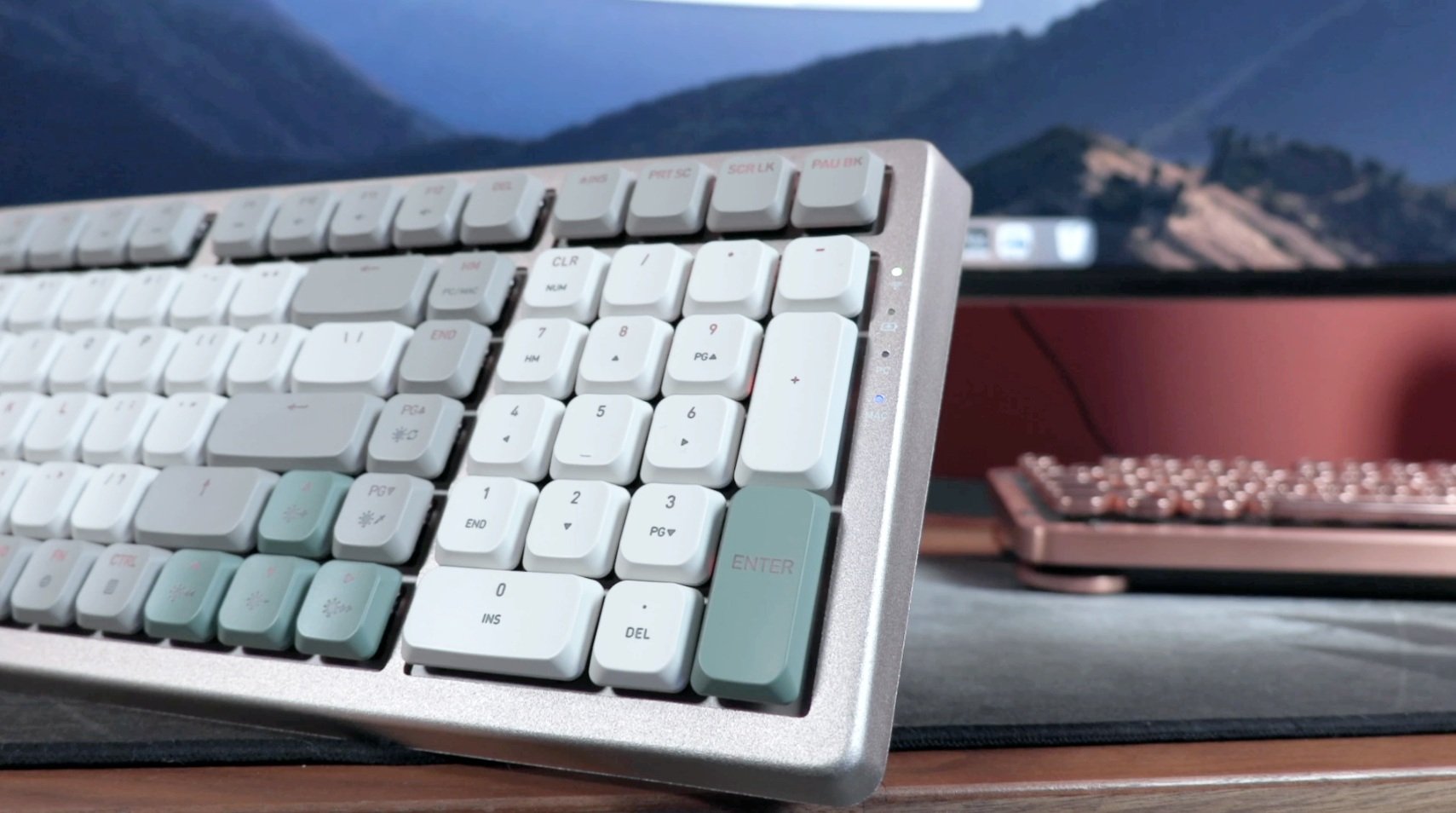


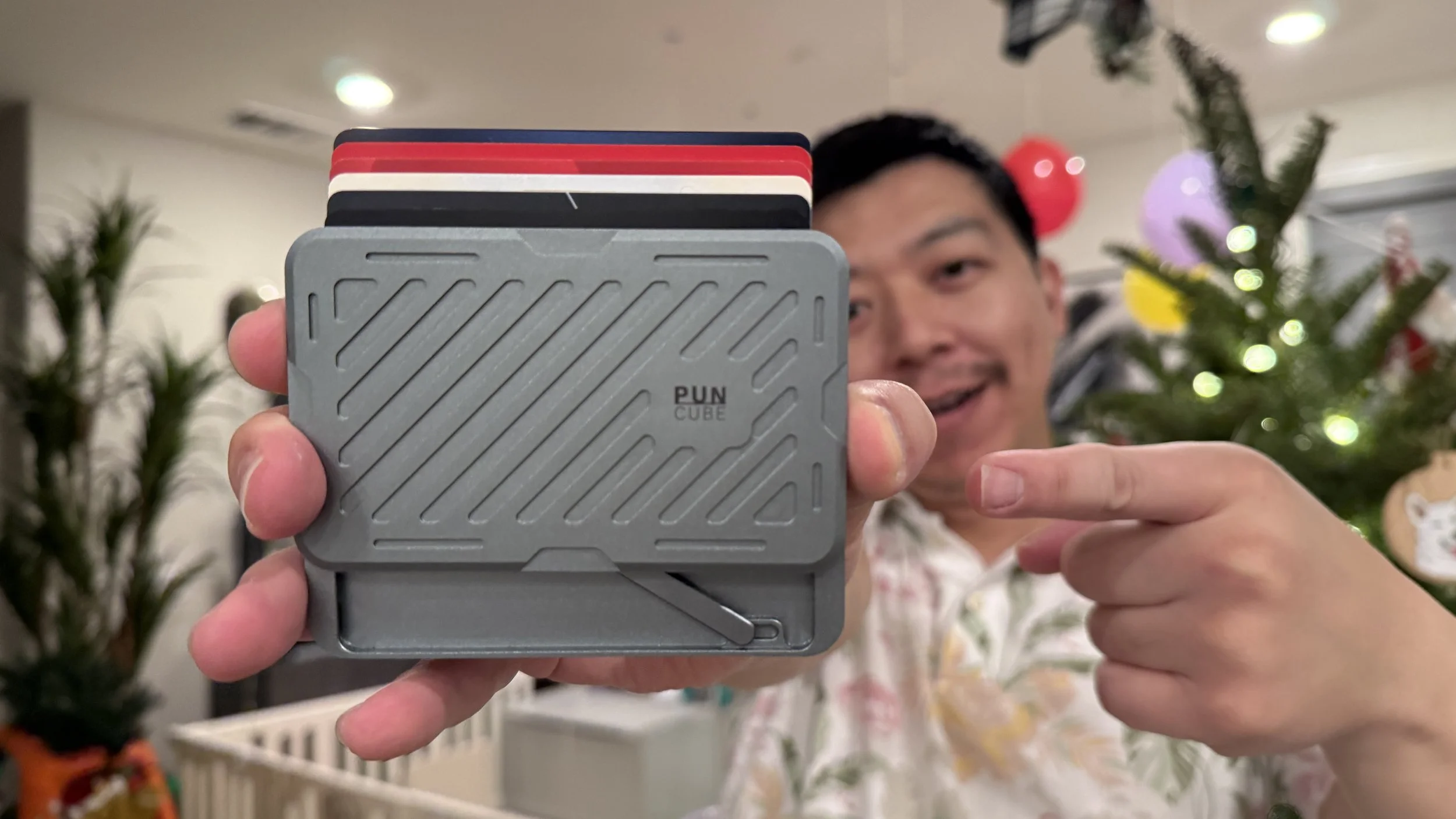







Alex
With nearly a decade under his belt running his video production team, and countless hours traveling the country to report on pop culture events during his tenure as a contributor for AXS Examiner, Alex has relied on a lot of gadgets over the years. That still hasn’t satiated his need to get his hands on the newest and greatest the world has to offer!